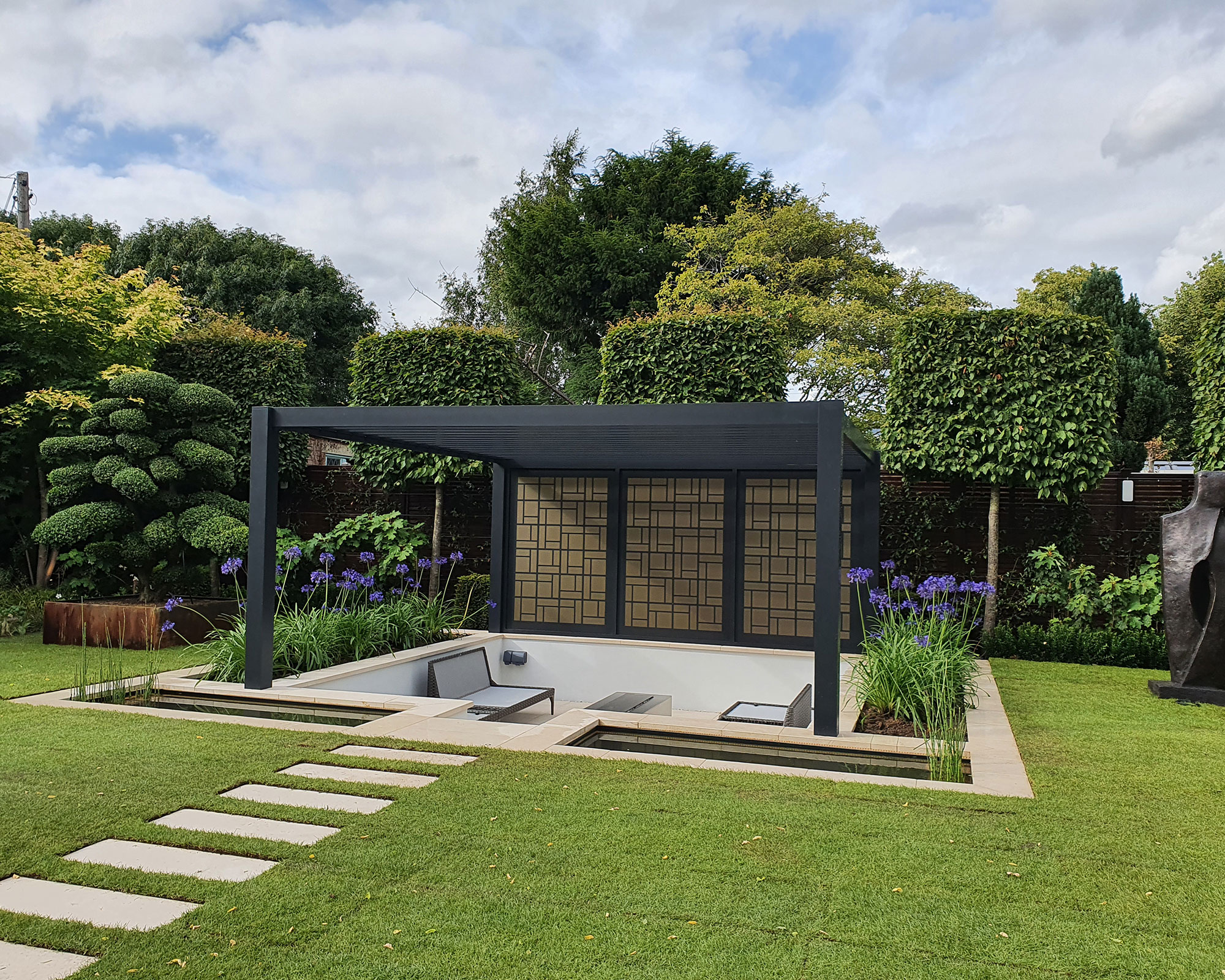Some Known Details About Hilton Head Landscapes
Table of ContentsAll About Hilton Head LandscapesThe 9-Second Trick For Hilton Head LandscapesThe Main Principles Of Hilton Head Landscapes Hilton Head Landscapes Things To Know Before You Get ThisWhat Does Hilton Head Landscapes Mean?Some Known Facts About Hilton Head Landscapes.The Basic Principles Of Hilton Head Landscapes
Line produces all forms and patterns and can be utilized in a selection of means in the landscape. Line in the landscape is produced by the side between two materials, the outline or shape of a kind, or a long straight feature. Lines are a powerful device for the developer since they can be used to develop a limitless range of forms and kinds, and they control activity of the eye and the body.

Lines can have several characteristics, such as those described below, but they commonly serve various purposes. Figure 1. Lines in the landscape - landscapers hilton head island. The buildings of lines figure out how people react to the landscape, both mentally and physically. Straight lines are architectural and powerful; they produce an official character, are usually connected with an in proportion layout, and lead the eye straight to a prime focus.
What Does Hilton Head Landscapes Mean?
Straight lines are most commonly located in hardscape sides and product. Bent lines produce a casual, all-natural, loosened up character that is associated a lot more with nature and unbalanced equilibrium. Rounded lines relocate the eye at a slower pace and include secret to the area by developing surprise sights. Upright lines relocate the eye up, making an area feel larger.
Upright lines in the landscape consist of high, narrow plant product, such as trees, or high structures, such as an arbor or a bird house on a pole. Straight lines relocate the eye along the ground aircraft and can make an area really feel bigger. Reduced lines are extra restrained and produce a feeling of remainder or repose.
Get This Report about Hilton Head Landscapes
Low lines are created by reduced garden wall surfaces, walkways, and short bushes. Lines are used to draw forms on a plan. In strategy view, they specify plant beds and hardscape locations. Lines are likewise produced by the upright types of constructed functions and plant material. There are three main line kinds that develop kind in the landscape: bedlines, hardscape lines, and plant lines.
Bedlines attach plant material to your house and hardscape because the eye complies with the line, relocating the look with the landscape. Hardscape lines are created by the side of the hardscape, which defines the developed framework. Line can additionally be produced by lengthy and slim products, such as a fence or wall surface.
Some Ideas on Hilton Head Landscapes You Need To Know
Form is discovered in both hardscape and plants, and it is usually the leading visual element that spatially organizes the landscape and commonly determines the style of the yard. The kind of frameworks, plant beds, and garden ornaments likewise determines the total form motif of the garden. Official, geometric forms include circles, squares, and polygons.
Plants develop type in the yard through their details or silhouettes, however type can additionally be defined by a space or adverse space in between plants - landscapers in bluffton sc (https://yoomark.com/content/family-owned-and-operated-hilton-head-landscapes-has-been-serving-beaufort-county-over). Circles can be cycles, or they can be split into fifty percent circles or circle segments and combined with lines to create arcs and tangents
Hilton Head Landscapes Fundamentals Explained
Circles can additionally be extended right into ovals and ellipses for more variety and interest. Circles are a strong design kind since the eye is constantly attracted to the facility, which can be utilized to emphasize a prime focus find out this here or connect various other types. Number 2. Circular forms in hardscape and lawn panels.
The square form can also be segmented and secondhand continuously to produce a grid pattern. Unlike circles, squares are more powerful on the edges, which can be lined up or overlapped to create one-of-a-kind patterns and even more complicated types.
Twisting lines commonly resemble the natural training course of rivers or streams and can be called smooth lines with deeply rounded wavinesses. Meandering lines (Figure 3) work well for paths, plant bedlines, and dry stream beds. Twisting lines can include passion and mystery to a garden by leading viewers around corners to find brand-new views and areas.
Unknown Facts About Hilton Head Landscapes

Number 5. Fragmented edges: tipping stones in path. Form is the most long-lasting high quality of a plant (bluffton landscaping). https://linktr.ee/h1tnhdlndscps. Usual plant forms are well developed and standardized, as type is one of the most constant and recognizable attribute of plants. Form can likewise be developed via the massing of plants, where the general mass develops a different form than an individual plant.
A highly contrasting form must be made use of with careone or 2 job well as a prime focus, but way too many wreak havoc. Natural plant types, instead than over-trimmed types, need to establish the bulk of the make-up. The significance of general type is essentially based on the seeing perspectivethe form of a tree can show up rather various to a person standing under the cover versus watching the tree from a range in an open area.
How Hilton Head Landscapes can Save You Time, Stress, and Money.
Plant forms also produce and specify deep space or open areas between the plants, creating either convex or scooped forms in the gaps. High-arching tree branches typically produce a concave open room under the branches, and a rounded cover with low branches fills the space to create a convex type in the open space under the tree.
